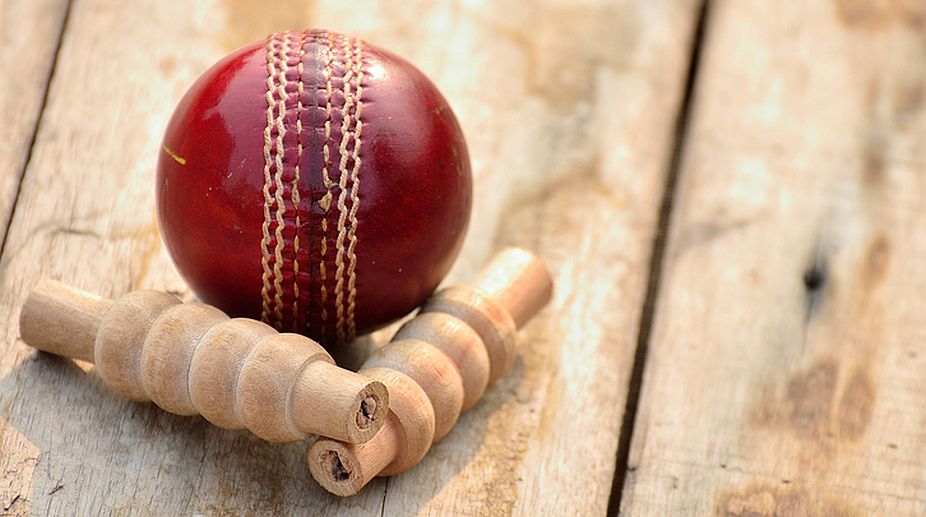School organises gender sensitisation camp
The initiative is aimed to promote gender equality, women’s rights, and social inclusivity in the rural tea-garden community.
The apex cricket body announced some new rules in the game with immediate effect.

Representational image (Photo: Getty Images)
The International Cricket Council (ICC) announced on Tuesday that cricketers will also be sent off the field for misconduct, just like the game of football.
Besides this, the apex cricket body announced some new rules in the game with immediate effect.
Advertisement
“Most of the changes to the ICC playing conditions are being made as a result of changes to the Laws of Cricket announced by the MCC,” ICC General Manager (Cricket) Geoff Allardice stated.
Advertisement
“We have just completed a workshop with the umpires to ensure they understand all of the changes. We are now ready to introduce the new playing conditions to international matches,” he added.
According to the ICC, attacking or threatening to attack an umpire, physically assaulting a player and committing any act of violence will be treated as a Level 4 offence.
A player will be sent off the field if he commits a Level 4 offence, while Level 1 to 3 offences will continue to be dealt with as per the ICC Code of Conduct.
Run-outs and catches
The ICC introduced a change in respect to run outs as well. While running before the wickets, if a batsman dives towards the crease and has grounded his bat behind the popping crease but lost contact with the ground at the time of the wickets being put down, the batsman will not be run out. The situation will be treated same in case of stumping.
It won’t be a ‘catch that wins the match’ anymore as ICC has introduced an important rule in regard to sensational boundary catches. A fielder, even in air, will now have to be within the boundary limit while making his first contact with the ball.
Helmets will cause no discomfort in fielding as the council said a batsman will be out if caught, stumped or run-out even if the ball bounces off the helmet of a fielder or the wicket-keeper.
The ICC will now keep a close tap on dimensions of the bat. “The length and width of bats remain unchanged but the thickness of the edges can’t be more than 40 mm and the overall depth can be 67 mm at the most,” read the statement.
Now it’s safer to review umpire’s call?
The international cricket body also brought changes in the Decision Review System (DRS). A review will now not go waste, even if umpire’s decision remains unchanged.
“As for DRS in Test matches, there will be no more top-up reviews (two reviews are added back for the teams after 80 overs), meaning that there can only be two unsuccessful reviews in each innings, while the DRS will now also be allowed to be used in T20Is,” the ICC added.
The changes will come into force from the two upcoming Test series — South Africa vs Bangladesh and Pakistan vs Sri Lanka, starting September 28.
(With inputs from agencies)
Advertisement